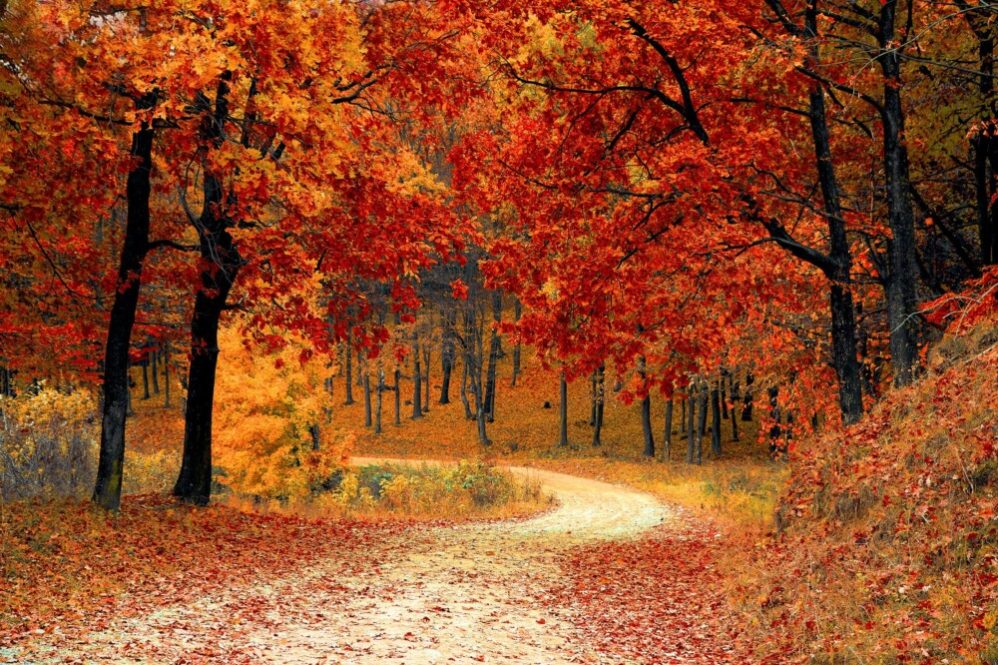
 Invasive species are usually non-native organisms that spread from the point of introduction to impact the environment that they grow in negatively. Introduced invasive species can include organisms such as viruses as well as large mammals. They may be animals, plants, microbes, or fungi.
Invasive species are usually non-native organisms that spread from the point of introduction to impact the environment that they grow in negatively. Introduced invasive species can include organisms such as viruses as well as large mammals. They may be animals, plants, microbes, or fungi.
Some also include native organisms that invade human habitats such as landscapes and farms. In some cases, such species can have some positive effects as well, but more often than not, they invade the bioregions and habitats of an environment and alter it adversely. Many environmental, ecological, and economic damage can happen when such organisms spread in a natural habitat.

Students of ecology, agriculture, or environmental studies may profit from learning about such invasive organisms. As part of their university education, they may be asked to write about such terms in detail. College scholars who struggle to grasp their class assignment’s essence may benefit significantly by reading up on some free essays about invasive species https://eduzaurus.com/free-essay-samples/invasive-species/ . Such examples serve as an aid and can be a starting point for scholars to write their papers for university.
The danger of invasive species in the United States is one that authorities have been trying their best to control. Studies show that over 45% of species listed as rare, endangered, or threatened are now adversely affected by invasive species. In Maryland, one of the authorities’ main concerns is invasive plants’ effect on habitats that support rare, native plants and plant communities.
The danger in the forests of Maryland may include:
1. Mute Swan
Mute swans, aka Cygnus olor, are non-native, invasive species in Maryland. They were first seen in 1962 when five birds escaped from an aviculture collection in Talbot County. The number of swans has increased dramatically since then to over 4000 in 1999. The swans threaten the protection and restoration of submerged aquatic vegetation beds and restoration plantings in the Bay’s living resources. Many mute swans have also displaced state-threatened species of colonial waterbirds from their island nest sides. The behavior of these swans can prevent native waterfowl from using traditional nesting and feeding areas.
2. Mile-a-minute
Mile-a-minute, aka Persicaria perfoliata, is a barbed, vigorous vine that quickly smothers other shrubs, herbaceous plants, and even trees. It can grow up to six inches in a day. The weed quickly forms dense mats over other plants and slowly weakens them through physical damage caused by smothering. When the weed grows over such plants, they cannot access sunlight, making them unable to photosynthesize. Over time, the lack of sunlight and the weight of the weed kills the plants.
3. Nutria
Nutria, aka Myocaster coypus, is a semi-aquatic, invasive rodent. Since their release in 1943, nutria has destroyed thousands of wetlands due to their destructive feeding habitats. Since it did not evolve in the wetland ecosystem, natural predators of the nutria are not available that makes its eradication challenging. However, in 2002, the Maryland authorities began their effort to eradicate nutria to stop them from damaging marshlands. In 2016, almost all nutria population was removed, and efforts are being made to remove residual animals.
Ecologists often talk about native and non-native species and whether invasive organisms must be eradicated from an ecosystem. Some native organisms can also turn invasive if the habitat in which they are brought up is altered. However, when non-native organisms start outweighing the native ones, humans have to interfere to restore balance in the ecosystem. Since nature is in a delicate balance, it is up to the local, state, and federal agencies and citizens to protect the natural interactions between native species and their habitats.











































